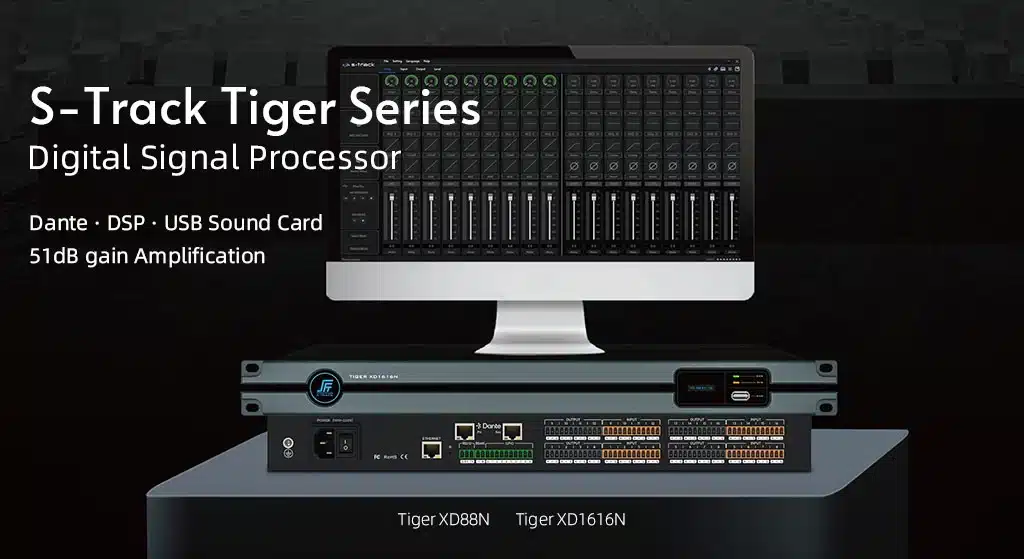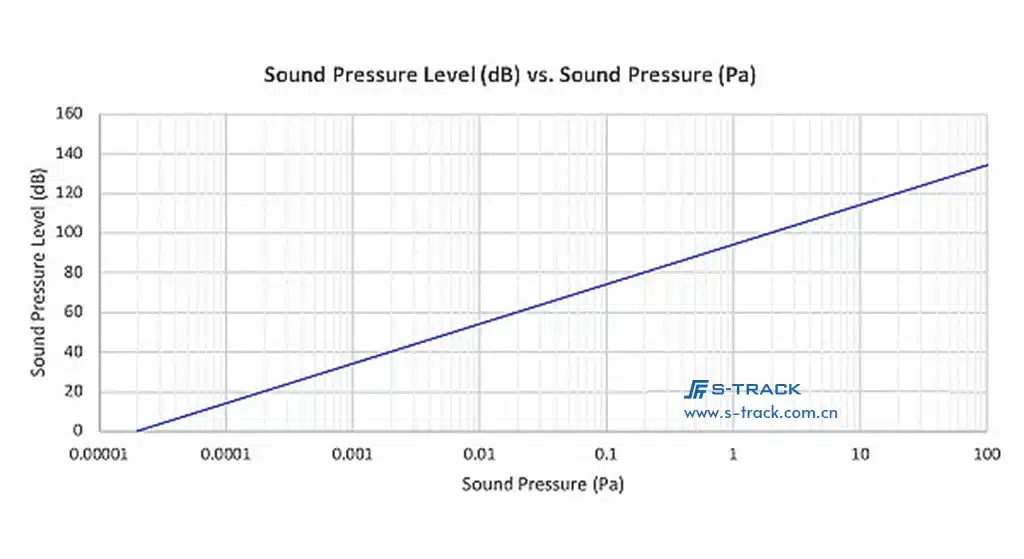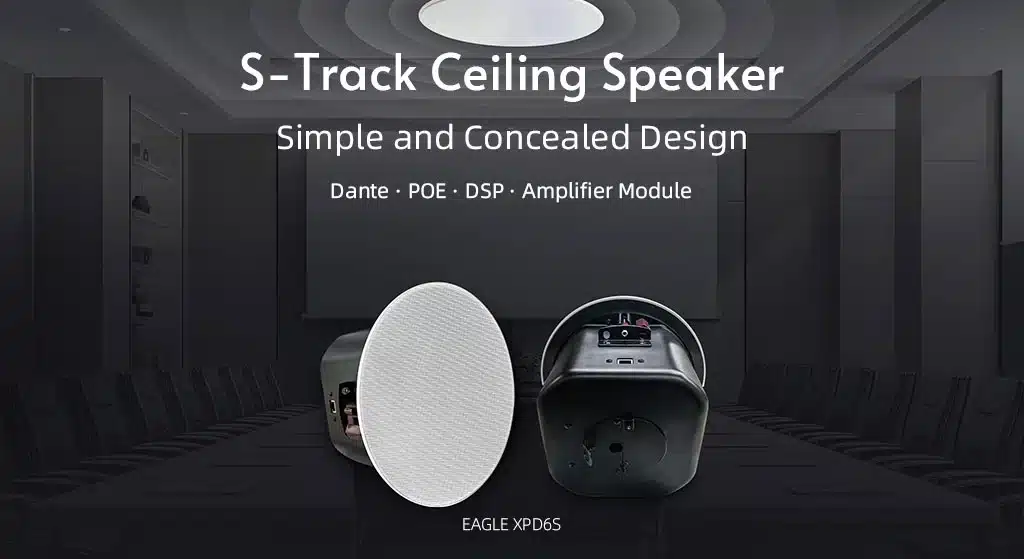В нашей предыдущей статье мы рассмотрели, как работает звук в звуковой системе. Слушаем ли мы музыку, смотрим фильм или посещаем живое выступление, мы все хотим получить от этих систем высококачественное звучание. Одним из важнейших факторов, влияющих на качество звука, является Равномерность уровня звукового давления (SPL).

Сегодня давайте подробнее рассмотрим этот важный аспект аудиосистем.
При распространении звуковых волн они вызывают изменения плотности воздуха, создавая изменения давления, известные как Звуковое давление. Измеряется в паскалях (Па) или ньютонах на квадратный метр (Н/м²), где 1 Па = 1 Н/м². Уровень звукового давления (SPL) Количественно измеряет эти изменения давления, обычно выражаемые в децибелах (дБ), и широко используется для сравнения интенсивности звука. Формула перевода звукового давления (P) в уровень звукового давления (Lp) выглядит следующим образом: Lp = 20 log (P / P₀), где P — измеренное звуковое давление, а P₀ — опорное давление.

Равномерность уровня звукового давления Уровень звукового давления (SPL) определяется степенью вариации уровня звукового давления в разных точках конкретного пространства. В идеале SPL должен быть максимально одинаковым по всей площади, обеспечивая равномерное звуковое покрытие и сбалансированное звучание для всех присутствующих в зале, независимо от их положения.
При калибровке аудиосистем применяются конкретные стандарты изменения уровня звукового давления в зависимости от типа помещения. Для большинства профессиональных помещений, таких как концертные залы и театры, идеальным стандартом является изменение в пределах ±3 дБ, то есть разница между максимальным и минимальным значениями звукового давления не должна превышать 3 дБ. В небольших или специализированных помещениях проектировщики могут допускать отклонения до 10 дБ Для большей гибкости. На больших площадках, таких как стадионы, или для мероприятий на открытом воздухе, где фоновый шум и факторы окружающей среды играют важную роль, различия между 10 дБ и 15 дБ может быть приемлемым.
Для измерения уровня звукового давления требуется специализированный инструмент – Измеритель уровня звука, который отображает показания уровня звукового давления в реальном времени. Для оценки равномерности:
Если ΔL ≤ 3 дБ, равномерность SPL считается хорошей. Если ΔL > 3 дБнеобходимы дальнейшие корректировки и оптимизация системы.
Основными факторами, влияющими на равномерность звукового давления, являются размещение динамиков, акустика помещения и окружающий шум.
Пример 1: Концертный зал

Пример 2: Музыкальный фестиваль под открытым небом
Заключение
Равномерность уровня звукового давления — критически важный фактор при проектировании и калибровке аудиосистемы. Стратегическое размещение акустических систем, тщательный анализ акустики помещения и применение соответствующих методов измерения позволяют значительно повысить равномерность уровня звукового давления. Это обеспечивает превосходное и стабильное звучание для слушателей, будь то в концертном зале с контролируемыми условиями или на динамичном фестивале под открытым небом, что в конечном итоге приводит к повышению уровня удовлетворенности и удовольствия слушателей.
400-900-2726
9-й этаж, 1B, Технологический парк Шанчжи, район Гуанмин, город Шэньчжэнь, провинция Гуандун, Китай
Авторские права © SHENZHEN S TRACK SCIENCE TECHNOLOGY CO., LTD.